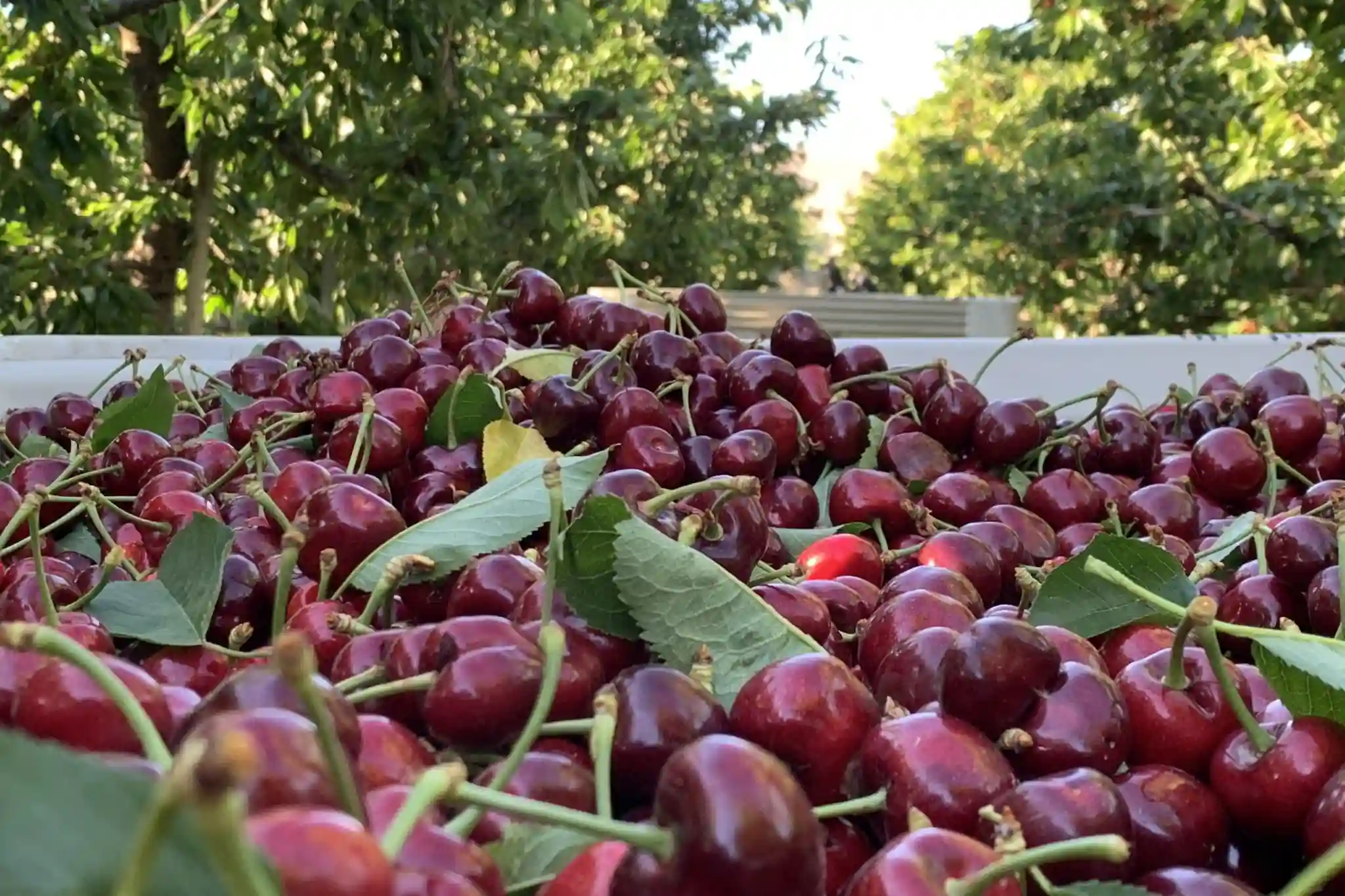In Chile, the productive heart of cherries destined for export, climate change and increasing market pressure require increasingly effective agronomic solutions.
It is in this context that the strategy developed by AGROVIT, in collaboration with Humic Nutrición Vegetal, has attracted the interest of growers.
After three seasons of technical trials and field experiments, 2023 marked the start of the first commercial applications in various areas of south-central Chile.
The products used – Revital®, Potaliq®, and Humic Kolour® – showed performance consistent with what has already been observed in Europe and Morocco.
Field testimonials
Among the most enthusiastic voices is Felipe Morales, agricultural director of Agrícola Parant Ltda. in Angol, who saw a clear improvement in cherry color: “We were able to harvest in a single pass, saving on costs and meeting the standards required by the industry.”
Morales also emphasizes the increase in average fruit size, with significant concentration in the 2J category.
Andrés Hüne, of Agrícola El Volcán (Los Ángeles), also confirms the strategy's effectiveness: “We didn’t need to reflower and we managed to ship 97% of the production before Chinese New Year. 70% of the cherries were above 2J size.”
Response to climate variability
Harvest consistency is a recurring theme also mentioned by Cristian Acuña, from Avellanos Bío Bío (Ñuble region): “In a context of climate change, having tools that allow us to face irregularities and physiological stress is essential. The Humic strategy made the difference.”
An interesting case is reported by Samuel Arriagada, from Agrícola Hüne (Los Ángeles), who applied the protocol during a year characterized by a cold and rainy spring:
“Thanks to Revital®, Potaliq®, and Humic Kolour®, we achieved color uniformity and excellent results in fruit size even in plots with heavy loads. In a block of Lapins, which tend to produce smaller fruits, we reached 27 tons/ha, with 81% above size J (26–28 mm).”
A tool to replicate
The convergence of testimonials is clear: the Humic strategy not only improves color and size, but also enables a more rational harvest management.
Faced with increasingly complex seasons, technologies like these represent a concrete opportunity to increase competitiveness and sustainability.
Text and image source: mundoagro.cl
Cherry Times - All rights reserved












